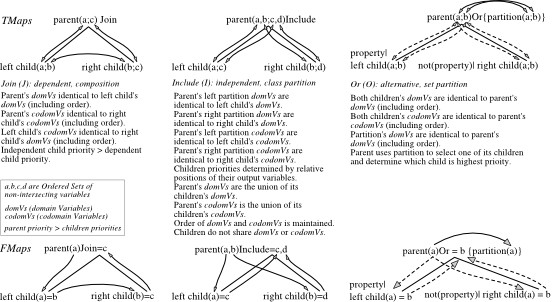Formalism for a theory of control
Primitive structures are universal in that they are able to be used to derive new abstract universal structures, functions or types. The process of deriving new objects (i.e., structures, types and functions) is equivalent to the process of deriving new types in a constructive type theory.
